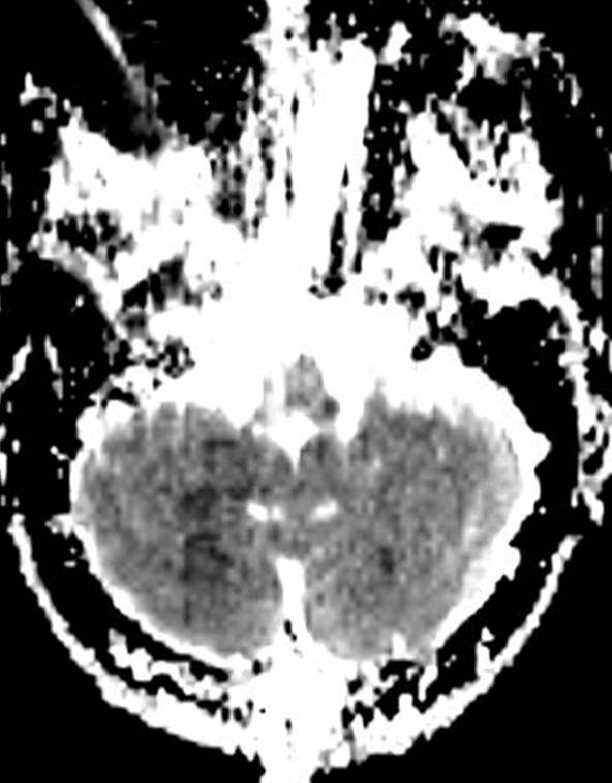
- 2
- ,
- 3
- 8
- 1
To Quiz Yourself: Select OFF by clicking the button to hide the diagnosis & additional resources under the case.
Quick Browser: Select ON by clicking the button to hide the additional resources for faster case review.
CASE NUMBER
127
Diagnosis
Langerhans Cell Histiocytosis of the Pituitary Gland
Note
This is a case of Langerhans Cell Histiocytosis, or LCH, of the pituitary gland and infundibulum in a 6-year-old male. The first image is sagittal T1-weighted with some motion degradation. There is thickening of the infundibulum and pituitary gland itself, with classic loss of the typically hyerintense posterior pituitary. The second image is a noncontrast coronal T1 correlate redemonstrating infundibular thickening as well as enlargement of the pituitary gland itself. The third image is with T2 weighting in the coronal plane redemonstrating thickening of the pituitary stalk. The fourth through sixth images are multi planar postcontrast T1-weighted sequences demonstrating avid post contrast enhancement of the markedly enlarged infundibulum and pituitary gland itself. LCH is a reactive clonal disease of the monocyte-macrophage system, and may affect almost any organ system. LCH CNS involvement may fall into one of several forms such as: osseous lesions with or without soft tissue components, intra-cranial extra-axial lesions, such as in the hypothalamic-pituitary region, meninges, or circumventricular organs, intracranial intra-axial lesions and cerebral atrophy. Langerhans cell histiocytosis is the most common cause of infundibular thickening in childhood. Diabetes insipidus is the typical clinical presentation of hypothalamic-pituitary involvement.
THIS IS CASE
127
OF
396












